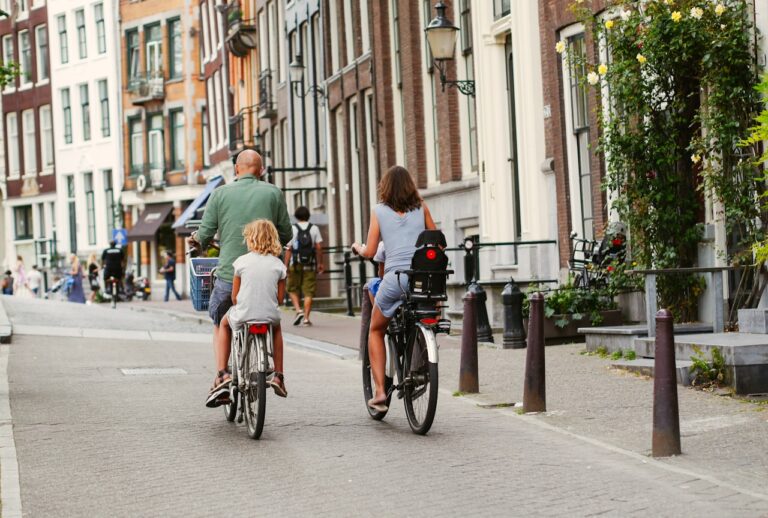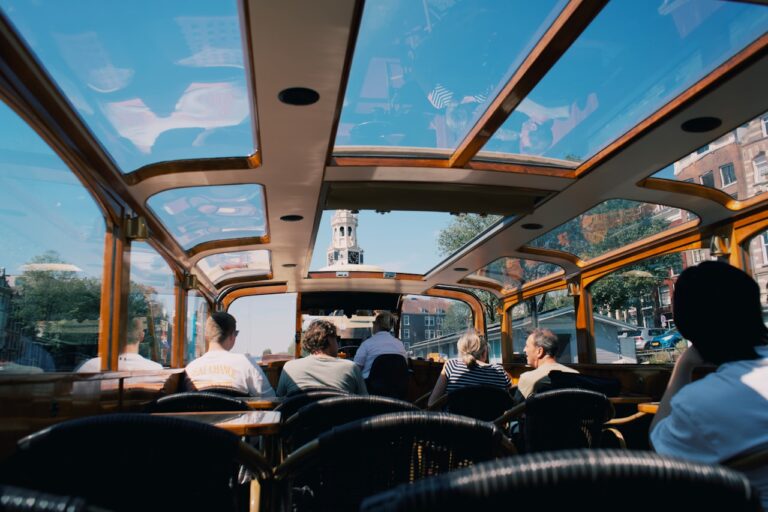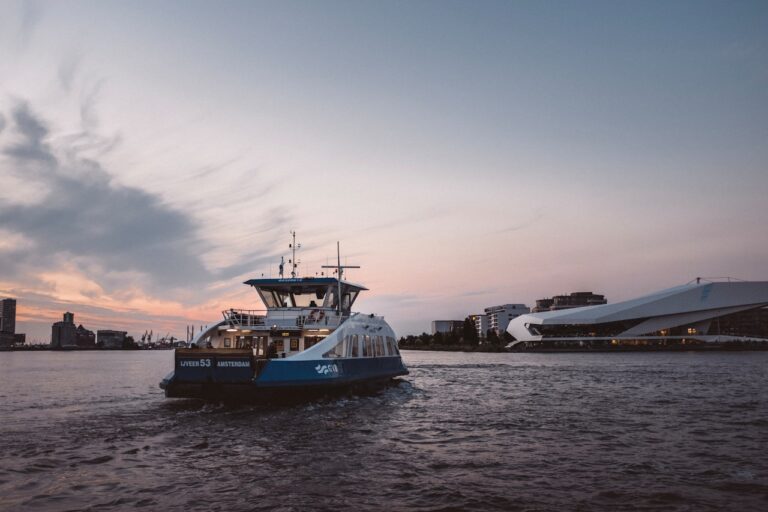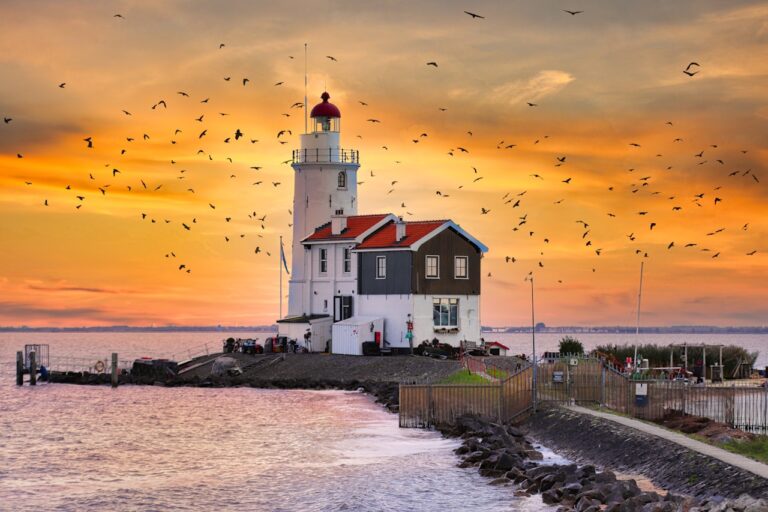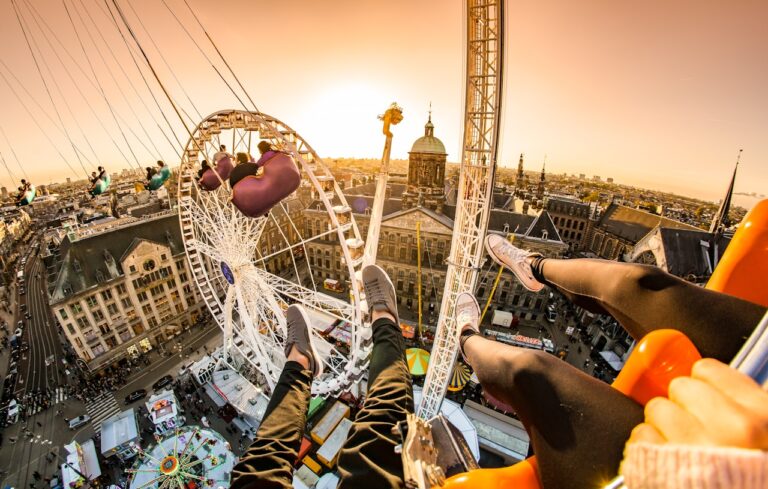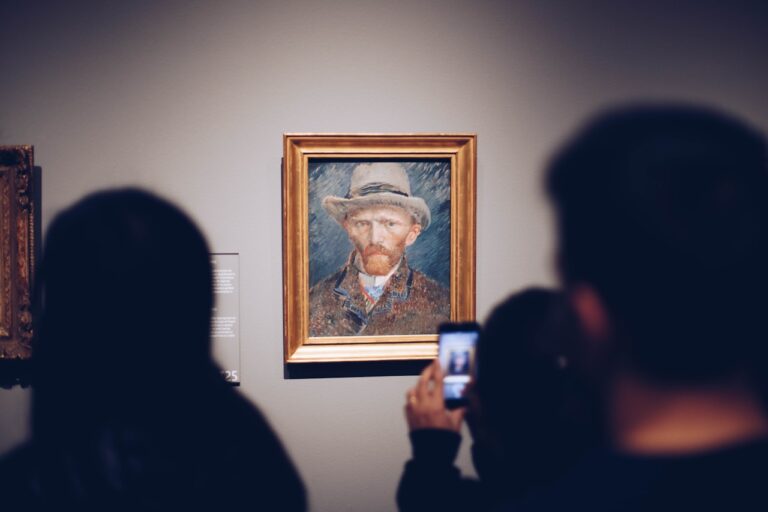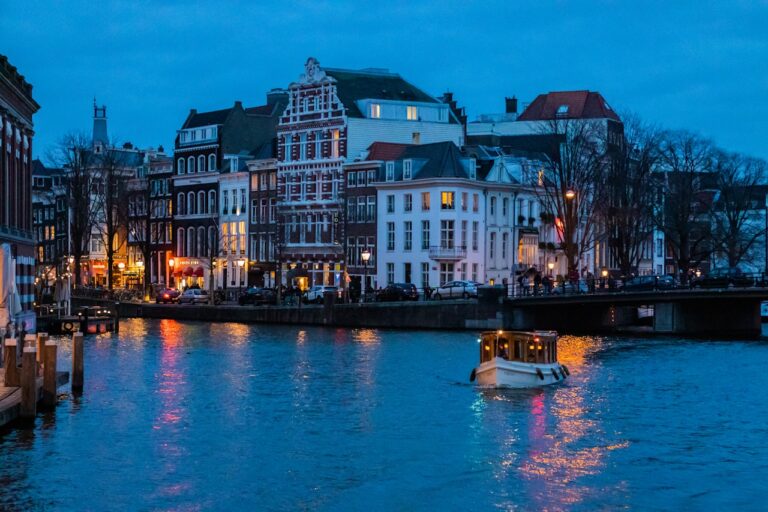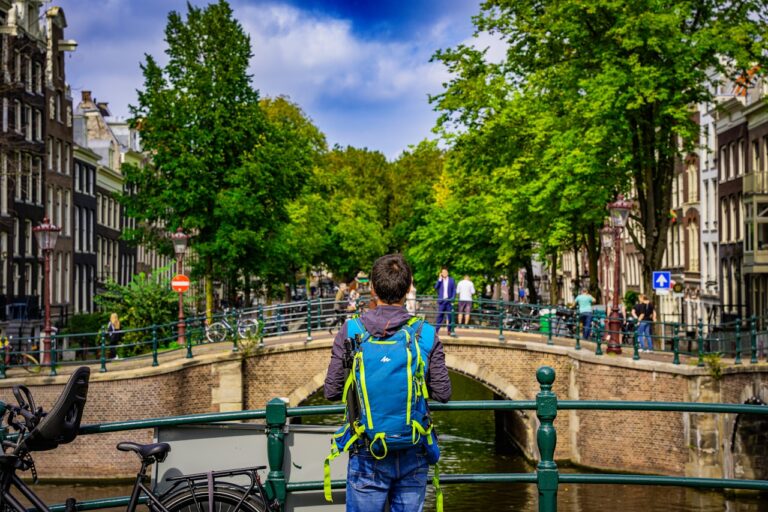
Netherlands
The Netherlands offers a perfect blend of historical charm and progressive culture across its 12 provinces and 41,543 square kilometers. This guide provides you with expert information on Dutch attractions, transportation systems, regional cuisines, and practical travel tips to enhance your experience in this compact yet diverse country.
Explore Historic Dutch Cities
Amsterdam combines Golden Age architecture with contemporary cultural institutions along its 165 canals, which collectively stretch 100 kilometers and are recognized as a UNESCO World Heritage site. The city center contains approximately 1,550 monumental buildings dating from the 16th-18th centuries, creating a distinctive urban landscape that remains largely unchanged for 400 years.
Key museums include the Rijksmuseum, housing 8,000 art and historical objects on display from a collection of 1 million items; the Van Gogh Museum, containing 200 paintings and 500 drawings by the Dutch master; and the Anne Frank House, which receives over 1.2 million visitors annually.
Rotterdam presents a stark architectural contrast through its modern skyline, the result of extensive reconstruction following World War II bombing that destroyed 90% of the city center.
The Markthal, a horseshoe-shaped residential and office building containing an indoor food market, exemplifies the city’s innovative design approach with its 11,000-square-meter digital art ceiling. The Cube Houses, designed by architect Piet Blom in the 1970s, tilt at a 45-degree angle and demonstrate experimental urban housing concepts that remain relevant today.
Utrecht combines medieval religious architecture with a vibrant university atmosphere in a city that dates back to Roman times. The Dom Tower stands 112.5 meters tall as the highest church tower in the Netherlands; the 465 steps to its viewing platform reward climbers with panoramic views extending up to 30 kilometers on clear days.
The city’s unique wharf cellars along the canals now house cafés and restaurants below street level, providing distinctive dining venues in spaces originally built for water-accessible storage in the 13th century.
Navigate Dutch Transportation Systems
The Netherlands maintains an extensive public transportation network connecting all major cities and most rural areas through trains, buses, trams, and ferries. The OV-chipkaart serves as the payment system across all public transit modes, requiring a minimum balance of €20 for train travel and €4 for buses and trams; cards cost €7.50 and remain valid for five years.
The NS (Dutch Railways) operates 5,500 train departures daily across 400 stations, with intercity trains between Amsterdam and Rotterdam running every 15 minutes during daytime hours.
Cycling represents both practical transportation and cultural heritage in the Netherlands, with over 35,000 kilometers of dedicated bicycle paths nationwide.
Dutch cities typically offer multiple bicycle rental options; OV-fiets provides bikes at 300 train stations for €3.85 per 24-hour period for those with a personal OV-chipkaart subscription. Bicycle traffic follows specific rules and dedicated signals; proper etiquette includes using hand signals when turning and parking only in designated areas.
Sample Regional Dutch Cuisine
Dutch food traditions combine agricultural products with influences from the country’s trading history and colonial past. Cheese production remains a significant cultural and economic activity, with approximately 650 million kilos produced annually; varieties include Gouda (accounting for 60% of production), Edam, Maasdam, and aged specialties like Oude Amsterdam.
Traditional cheese markets in Alkmaar, Gouda, and Edam operate weekly during summer months, demonstrating historical trading methods that date back several centuries.
Street food provides convenient and authentic Dutch culinary experiences through simple, satisfying options. Herring stands (haringhandels) serve raw herring with onions and pickles; proper Dutch eating technique involves holding the fish by its tail and lowering it into your mouth.
FEBO automatieken offer hot snacks like kroket (croquettes) and frikandel (meat sausage) from vending-style wall compartments, a fast-food concept dating back to 1941. Stroopwafels, thin waffle cookies filled with caramel syrup, originated in Gouda during the late 18th century; freshly made versions from market stalls remain superior to packaged alternatives.
Experience Dutch Seasonal Highlights
The Netherlands transforms during spring when approximately 7 million flower bulbs bloom in Keukenhof Gardens between mid-March and mid-May.
This 32-hectare park features 800 varieties of tulips and attracts 1.5 million visitors during its 8-week opening period. The Dutch flower industry produces 4.2 billion tulip bulbs annually, exporting 60% to international markets and contributing €5.4 billion to the national economy.
King’s Day (Koningsdag) on April 27th creates a nationwide celebration with outdoor markets, live music, and distinctive orange attire throughout the country.
Amsterdam’s population typically doubles on this day as approximately 1 million visitors join celebrations on the streets and canals. The tradition began in 1885 as Princess’s Day and evolved through several royal birthdays before adopting its current date and name in 2014 when King Willem-Alexander ascended the throne.
Explore Distinctive Dutch Regions
The western province of North Holland contains contrasting landscapes from urban Amsterdam to the traditional rural areas of Zaanstreek and Waterland. Zaanse Schans preserves industrial heritage through six functioning windmills and historical workshops demonstrating traditional crafts like wooden shoe carving, pewter casting, and cheese making.
The village receives approximately 2 million visitors annually despite having only 40 permanent residents and 35 historical buildings.
Friesland in the northern Netherlands maintains a distinct cultural identity with its own language (West Frisian) recognized as the second official language of the country. The province contains over 6,000 hectares of lakes connected by canals, forming a comprehensive boating network popular for seasonal recreation.
During sufficiently cold winters (occurring approximately once per decade), the 200-kilometer Elfstedentocht ice skating race connects 11 historic Frisian cities along frozen waterways; the most recent official race occurred in 1997.
Practice Sustainable Tourism in the Netherlands
The Netherlands promotes environmental consciousness through practical tourism infrastructure and policies. Dutch hotels increasingly meet EU Ecolabel or Green Key certification standards; approximately 700 accommodations nationwide now hold environmental certifications that verify reduced water usage, energy efficiency, and waste management practices.
These properties typically reduce water consumption by 15-20% and energy usage by 20-25% compared to non-certified alternatives.
Public transportation reduces carbon emissions while providing efficient travel options between major attractions. The NS (Dutch Railways) achieved 100% wind-powered train operations in 2017, making Dutch trains among the most environmentally sustainable mass transit options globally.
Many tourist attractions offer discounted entry for visitors arriving by public transportation or bicycle, creating financial incentives for reduced environmental impact.

